Sometimes fear of the unknown is far worse than the reality – sometimes it just doesn’t prepare you for the reality in life and on canals.
Fight or flight is not an option on the famous or infamous Wigan Flight. In this instance, you have to fight to keep going…and going…and going…
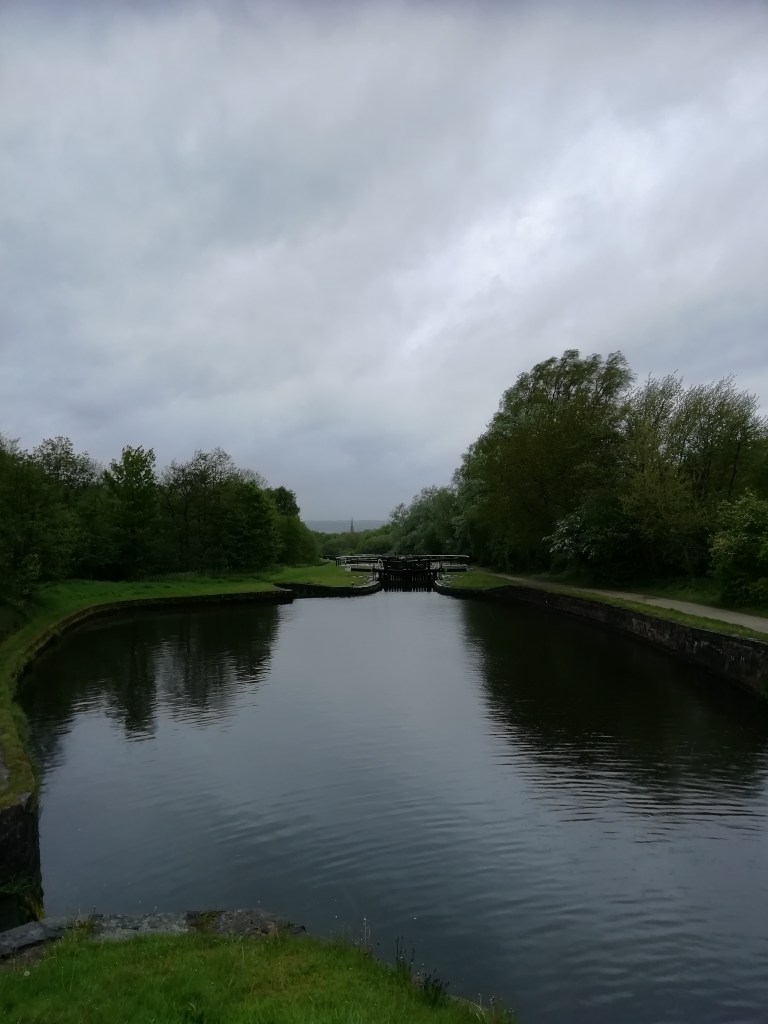
I am sure Wigan is a wonderful place. After all, Wallace and Gromit live here at 62 West Wallaby Street, Uncle Joe’s Mint Balls are produced here, and the long list of notable people who herald from the town include many comedians including George Formby, famed for his musical humour. I particularly mention Formby because he married one Beryl Ingham, and we are Inghams, so it’s good to find a connection, however tenuous!
Wigan is famed for mills, music and coal. At the peak of the mining industry over 1,000 pit shafts were being worked within five miles of the town centre. The canal was originally planned not to go through the town, but to have an arm heading off to Wigan on its route from Leeds to Liverpool. The Industrial Revolution saw the power of the mill owners change the course of history and the canal. It put Wigan on the main line map, because of its importance in supplying Lancashire coal and textiles to the major cities.
Today’s Wigan is very different now. Wigan Pier, a canalside wharf made famous by two Georges – Forby and Orwell, as a joke and an area of inhuman conditions, has become a tourist attraction as a heritage centre. The mills and mines have, like the commercial boats which plied the waterway, now gone. In many places the railways were the death knell of the commercial canals but for the Leeds Liverpool it was the roads. Until the First World War the canal was operating busily but traffic then moved onto the roads. The last regular commercial canal traffic here, from Plank Lane colliery to Wigan power station only stopped in 1972.
The top nine locks of the Wigan flight were dominated in their day by the vast Wigan Coal and Iron Company which employed 10,000 people at the works here. The huge blast furnances and coking ovens are gone but the canal infrastructure which supported the business remains. Its locks built in 1816 have dominated our thoughts and life this week.
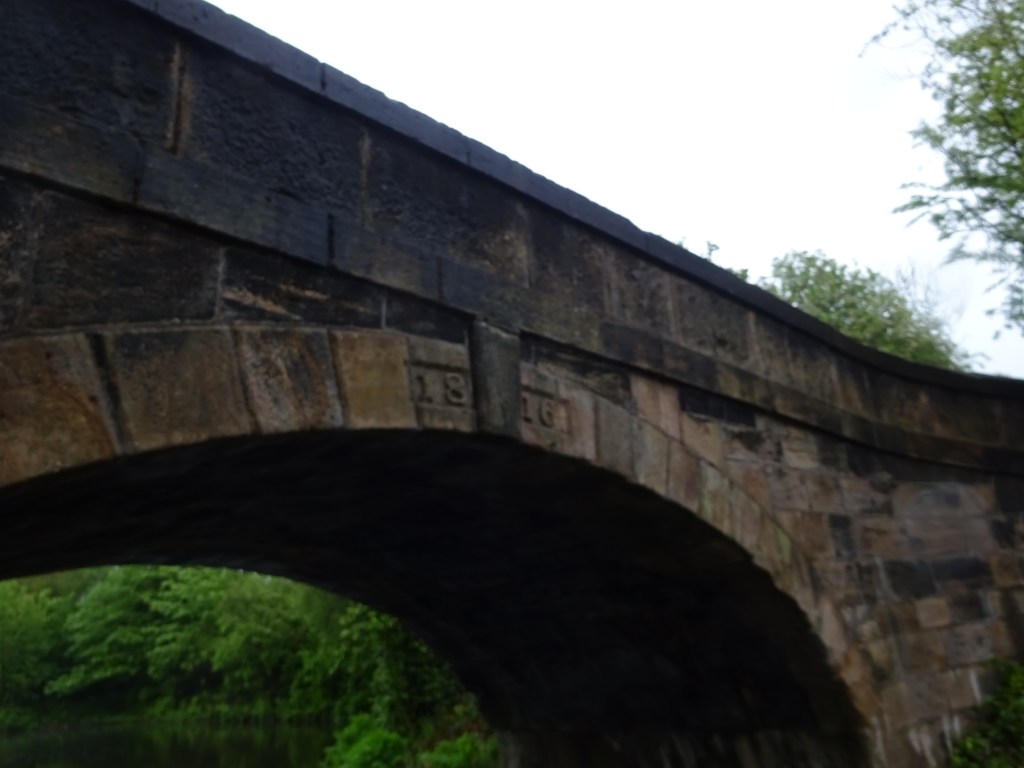
The Wigan Flight even has its own Facebook page with invaluable advice. It’s also a place for boaters to seek others willing to help them up and down the infamous series of locks. People apparently come from all over the place to spend time getting involved with the canal to help others but in the wind and torrential rain of Thursday this week these individudals were sensibly tucked up elsewhere. We encountered one boat who had been moored part way, but mainly dog walkers, cyclists and at the top a boater preparing to go down the next day who helped with the final gate.
From personal experience, with 23 locks to tackle climbing over 210 feet in less than 2 steep miles, Wigan isn’t somewhere I would readily recommend for a wet and windy day out! However we did 20 locks of Heartbreak Hill in one day (the Cheshire Locks) but they were narrow locks, and they were more spread out, allowing me to get on the boat for a cuppa or the loo en route. Here there are 21 wide locks grouped together on the Wigan stretch of the longest canal in Britain, the Leeds Liverpool canal. To get onto the flight from where we had moored on the Leeds Liverpool Leigh branch, which connects Wigan to Manchester via the private Bridgewater Canal, we had another 2 locks to add on. Hence our 23!

Dating from 1816, the flight of locks which took the boats out of and into Wigan, to and from the Pennines, climb over 210 feet in around 2 linear miles. Unlike some famous flights of locks, they aren’t constructed in a clean line that allows you to see from top to bottom to know easily how far you have come, and how far you have to go. The Wigan Flight curves around the local contours which means its easy to lose track of where you are and how many you’ve completed as well as how many are left to tackle.
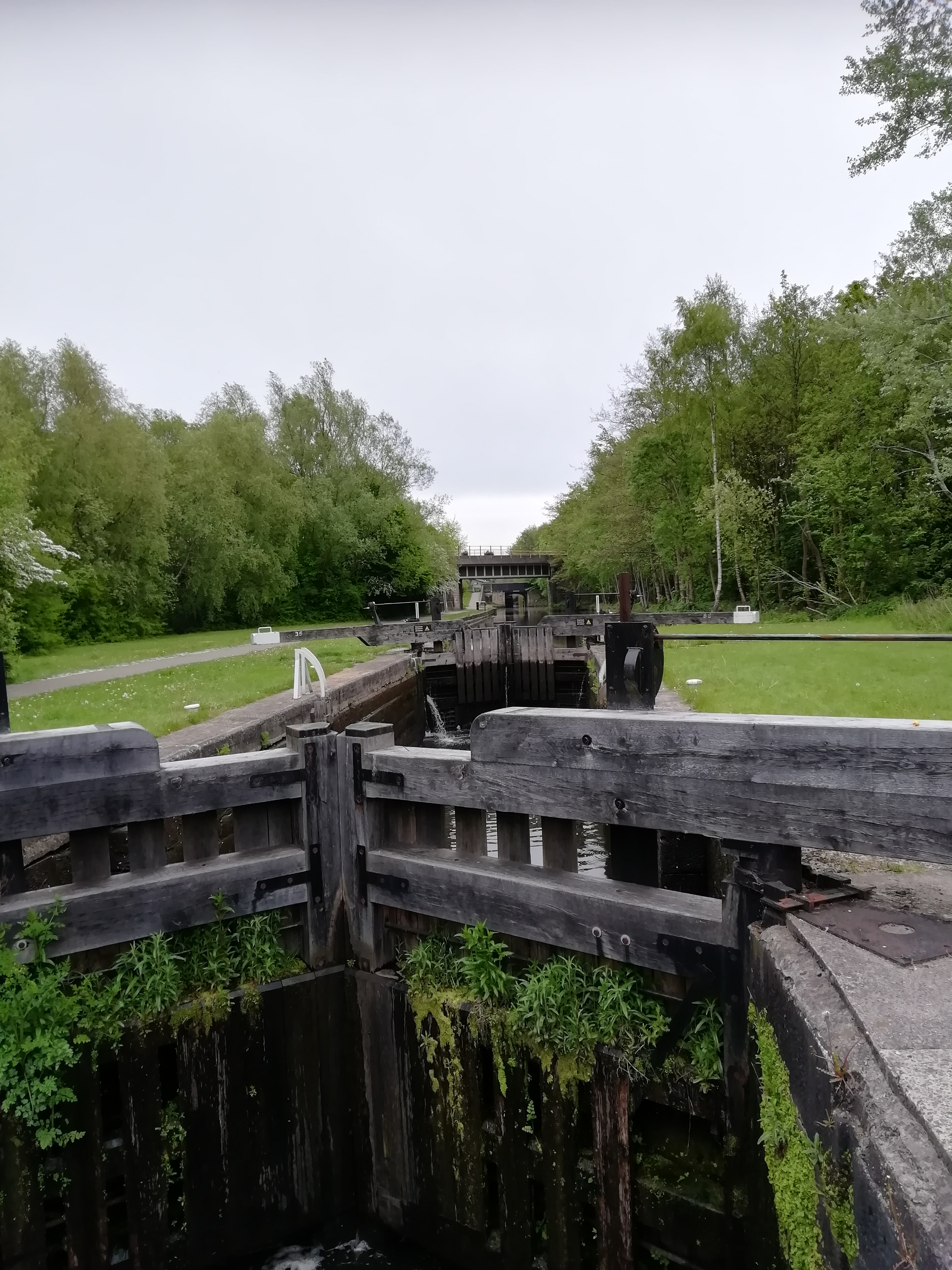
The locks are wide locks – they will take 2 boats side by side going up or down, but they will only accommodate boats of up to 60ft long. We are 50ft so no problem for us, but it puts this route to the North of England out of bounds for many larger boats.
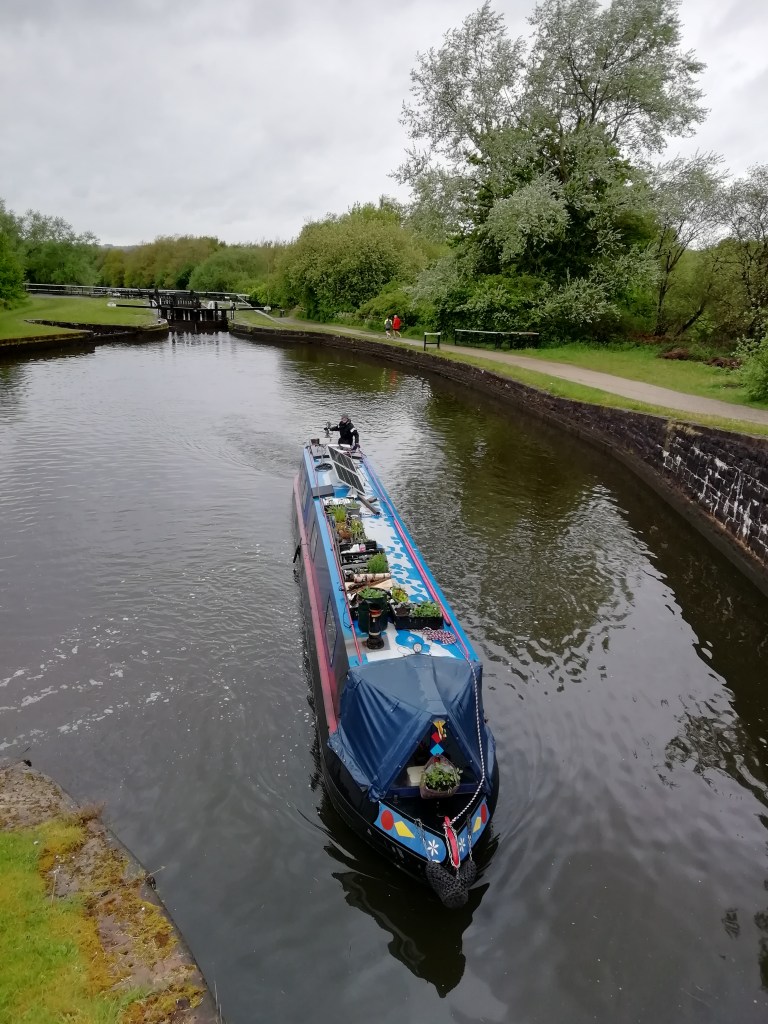
Every single lock consists of gates on balance beams which need pushing open and two sets of paddles – ground paddles at the top of the lock, and gate paddles in the big gates. Both of these paddles are opened and closed manually using with a windlass (a handle which slots onto the spindle of the paddle). On the Wigan Flight there is the added delight of needing a handcuff key for every single paddle, so somewhere in the wet windy blur of Thursday I unlocked (or tried to unlock and failed in three instances) and relocked 132 anti vandal locks (the handcuff key releases these locks). When I failed to get it to unlock we had to make do with emptying or filling the locks with the limited paddles I could operate, which obviously took longer.
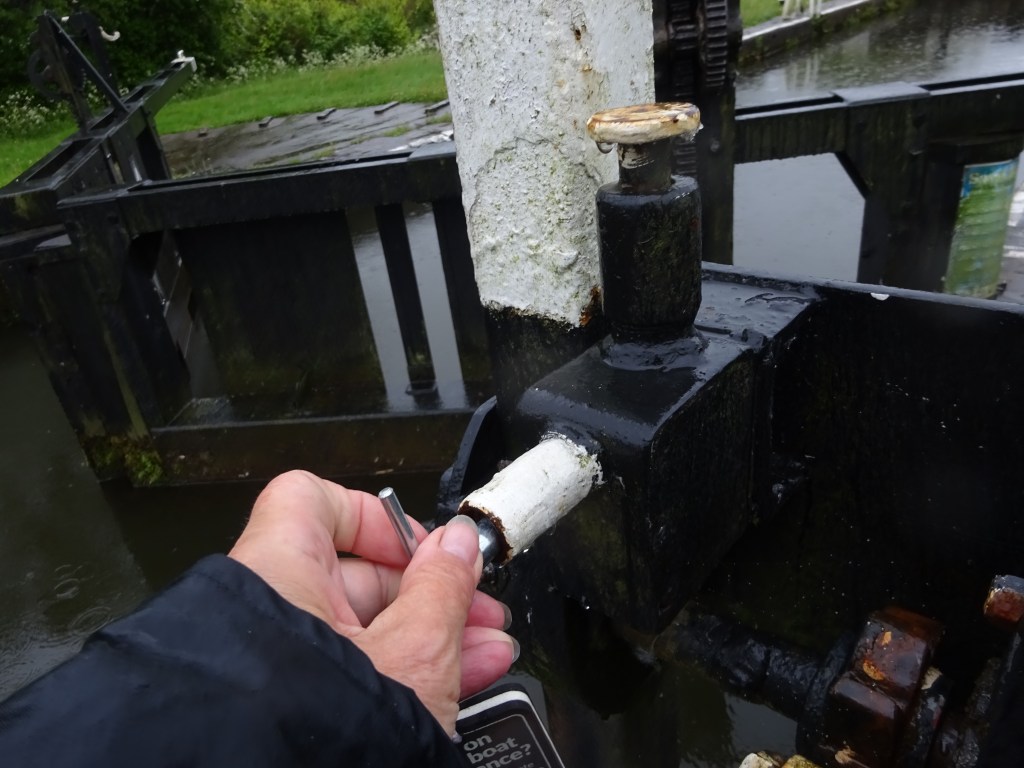
Because these are wide locks, in some instances very deep, and with limited mooring points on the stretches between the locks (called pounds) we split our roles into tiller and lock operator. Steve is far better able to keep the boat safer in strong winds, bywashes which knock you off course, and judging the water flows into the deep locks so he drew the short straw (as I see it) of tiller. I was lock operator for the day, and really this is a flight which needs completing in a single stint. There is a possibility to pause part way but it’s not recommended.
So armed with my big girl pants, rubbery gloves from @Middlewich Wharf for grip, a windlass, and for the first time a windlass holster which we bought from @cruisingcrafts on Lady Brian just before we left our mooring near Pennington Flash, I set off. You can tell what I forgot – the handcuff key, so having set off to prepare the first lock I was kicking my heels until Steve, the dog and the boat arrived with the handcuff keys aboard for me to unlock the lock!

Clad in my newly purchased ex-Met Police waterproof coat which I hoped would keep me dry and perhaps combined with my handcuff key, keep trouble-makers at bay – I set off! The coat did prove waterproof but having to raise my arms above elbow height at most locks to operate the windlass I soon discovered the cuffs were a bit big for my wrists and the rain just ran straight down, soaking the lining in minutes… Fortunately keeping on the move for 7 hours kept me warm, and trotting back and forth meant I completed a half marathon on the flight!
Within a few locks I ended up on flight control autopilot – which went like this:
- check lock level
- if you can open bottom gate,open it (this only happened once) so unlock gate paddle
- raise first bottom gate paddle
- cross the lock
- raise second bottom gate paddle to empty lock. When level’s right…
- open one gate (fortunately Steve can bring our boat in on a single gate, significantly reducing the time and effort of opening and closing these big wide lock gates – yet another reason it’s better to have him on the tiller at times like these!)
- when the boat’s coming in, cross the lock to close paddle 1, relock
- recross the lock to close paddle 2, relock
- when the boat’s in – close gate
- go to the head of the lock
- unlock the ground and gate paddles on that side
- operate the ground paddle watching (or if too deep to see him – listening) for signals/shouts from tillerman Steve about flow and currents
- cross to the other side of the lock (ground paddles first and then gate paddles)
- unlock that side’s ground and gate paddles
- operate ground paddle watching for Steve’s directions as he’ll probably be in sight by now
- operate gate paddle
- cross back to the other side of the lock
- operate gate paddle
- when the level is right, open gate
- as boat moves out, close gate and ground paddles and lock them both
- close gate behind boat
- cross to the other side
- close gate and ground paddle and lock them both
- move onto the next lock
- repeat 23 times!
As you can see, the mechanisms aren’t all the same either so each lock brings a bit of excitement and often a new challenge. Many of the locks have had to be braced because over time they have suffered with the subsidence that is a destructive legacy of mining in this area, and this can impact how they operate. It was a workout without having to go anywhere near a gym!
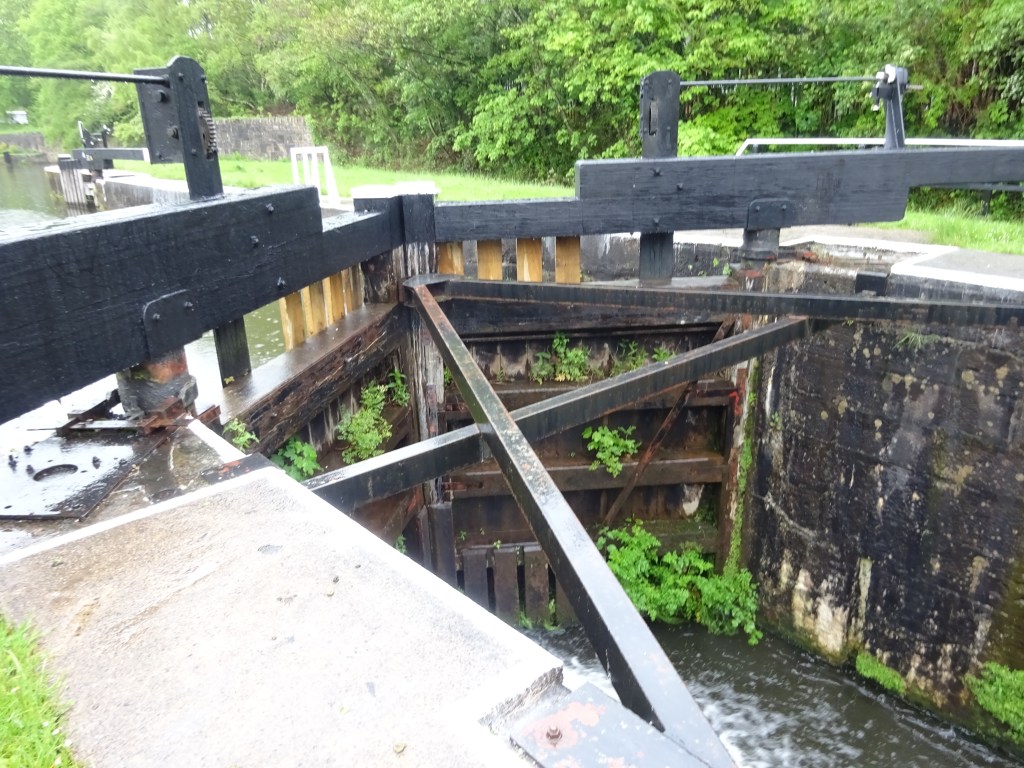
I still managed to forget the order occasionally in a soggy blur but fortunately a yell from the eagle-eyed tillerman brought me back in line! I am sure others can do all this more rapidly but this routine worked for me. It got us from the bottom to the top. It sounds quite straightforward looking at it written down, but some paddles are difficult to turn, some gates take a lot of opening, and sometimes there are problems with gates not shutting when they should.

The inn at the top used to offer a certificate to boaters achieving the flight but it stands empty and forlorn with a Pub to Let sign in the window. So no certificate or pints for us but the relief of making it to the top.
We used the services there, filled up with water, emptied the loo and the bins and prepared to enjoy a much-needed shower. The advantage of a shower in the services is that you can luxuriate in as much hot water as you like without worrying the tank will run dry. Except of course, this had turned into an endurance event for us and not an experience, so the showers were out of use! Quick hot shower in the boat to warm up and lighting the stove for warmth and to dry out our sopping clothes was another treat instead.
In different weather or sharing the journey with other boats, the experience would have been very different. As it was it became an endurance effort and an experience that will stay with us as one which proves our resilience, ability to overcome and reinforces yet again our partnership in this new worklife balance we have chosen for ourselves. We’ve shared another experience together.
We had two casualties en route – Steve’s phone gave up because it got too wet and a wine glass launched itself from the shelves at some point, conveniently into the sink which saved too much clearing up! Steve’s phone died because when we got to the top he set off for a 5-mile walk in the rain to fetch the car. It’s been fantastic having it this week to catch up with family and friends. However his walk turned into a 6.6mile mystery tour so he had to keep checking the map en route.

Now though, it’s on climbing still towards Chorley, Blackburn, Burnley, Colne and into the rural remote navigation through Salterforth, Barnoldswick and Rainhall. We can but hope the rain doesn’t come with us all that way – our feathered neighbours aren’t the only ones with webbed feet and the rooftop garden is washing away! Greenberfield marks the summit of our climb and then it’s downhill to Leeds via Skipton, Keighley, Bingley, Saltaire and Apperley Bridge.
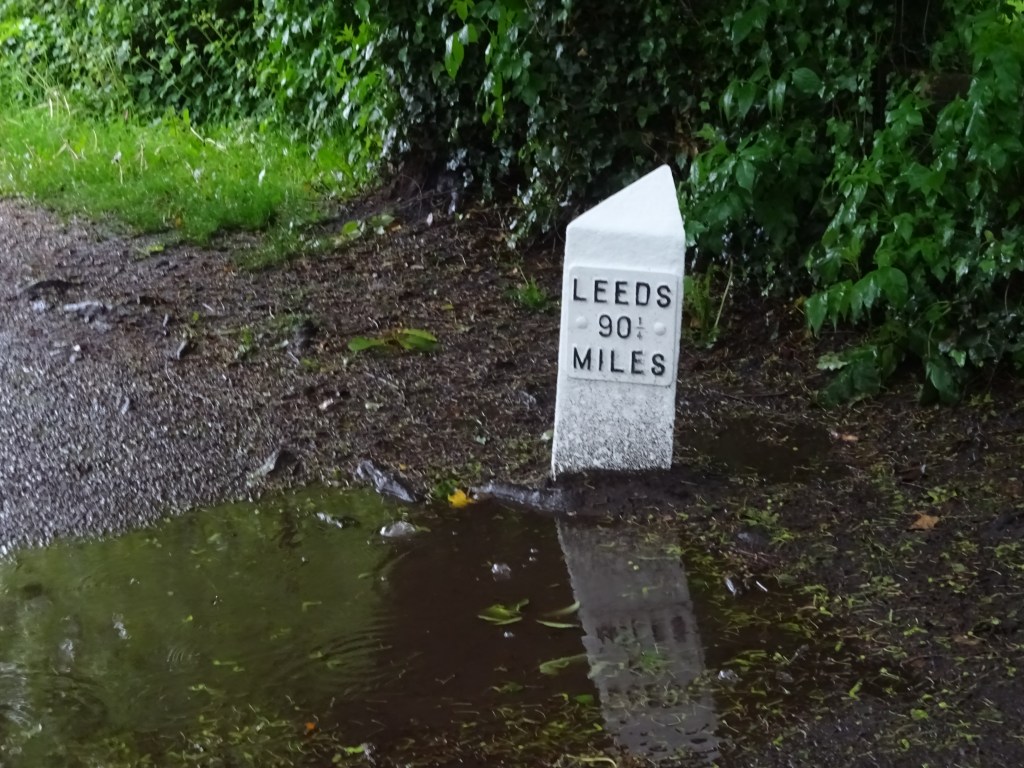
I hope it’ll be a long time before I see Wigan again – and that the weather’s better when I do!




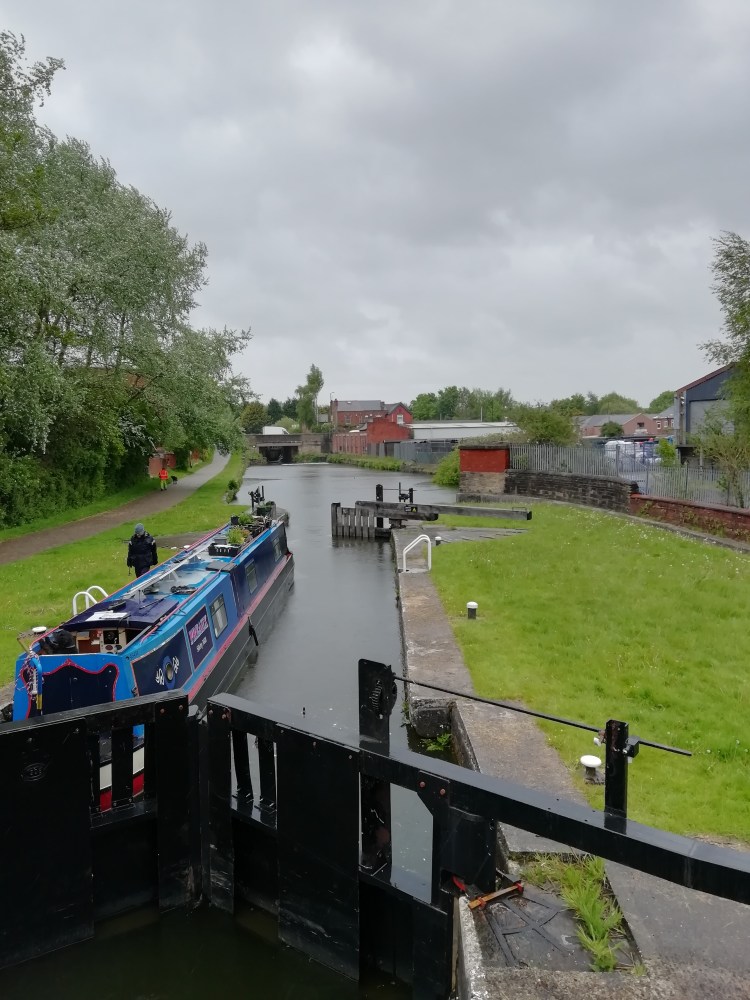
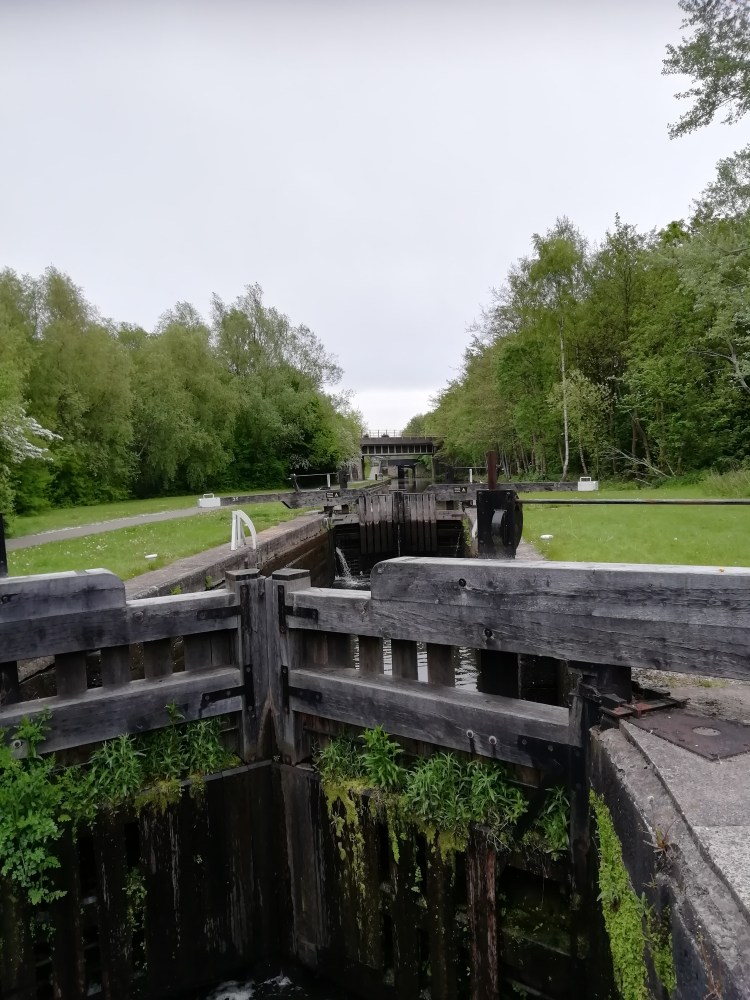

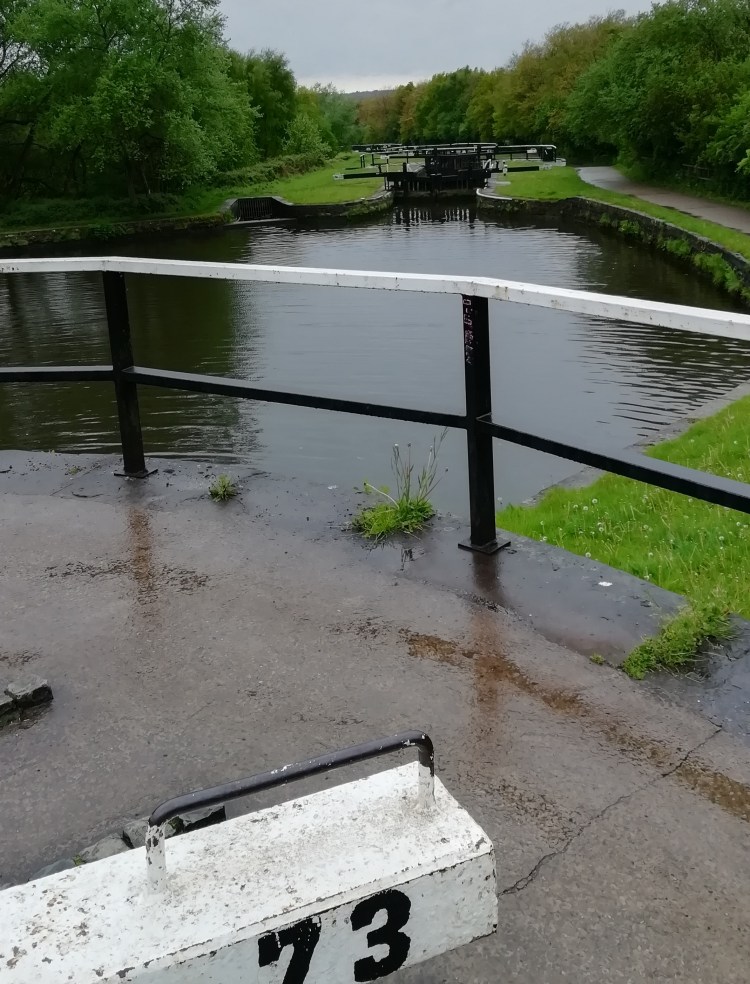
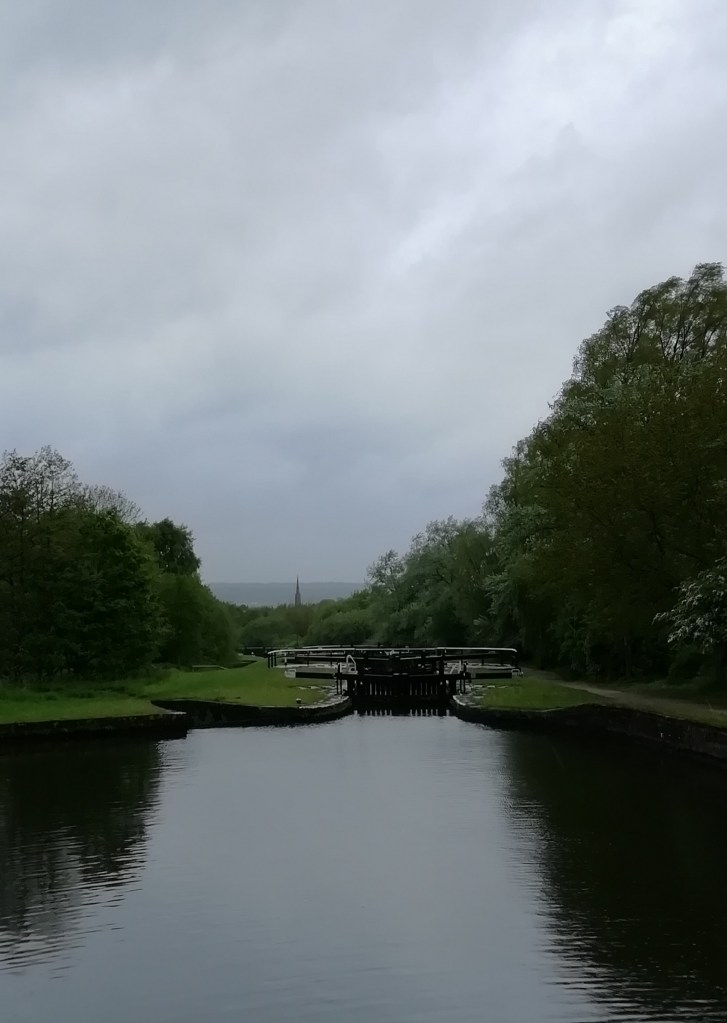



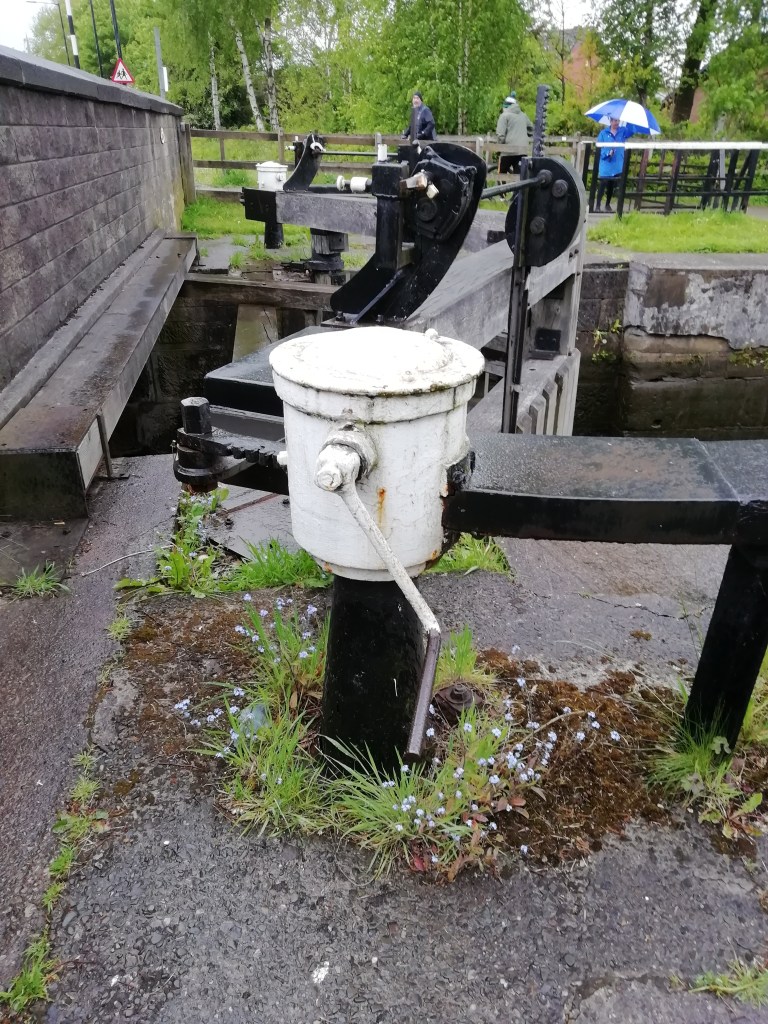
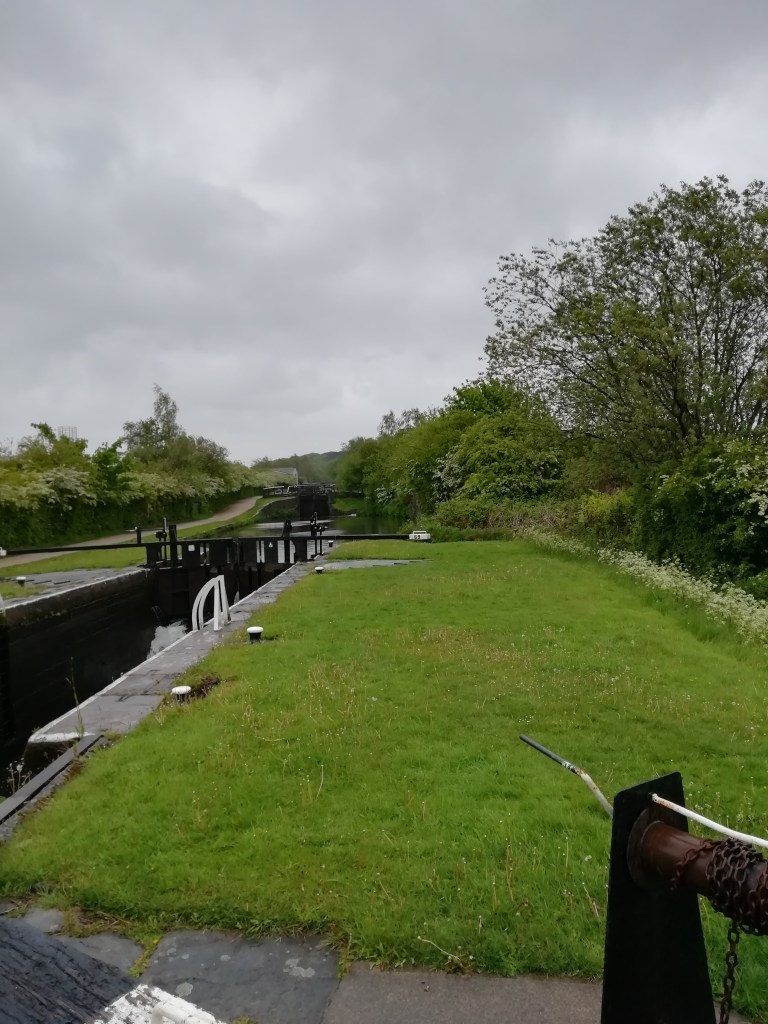
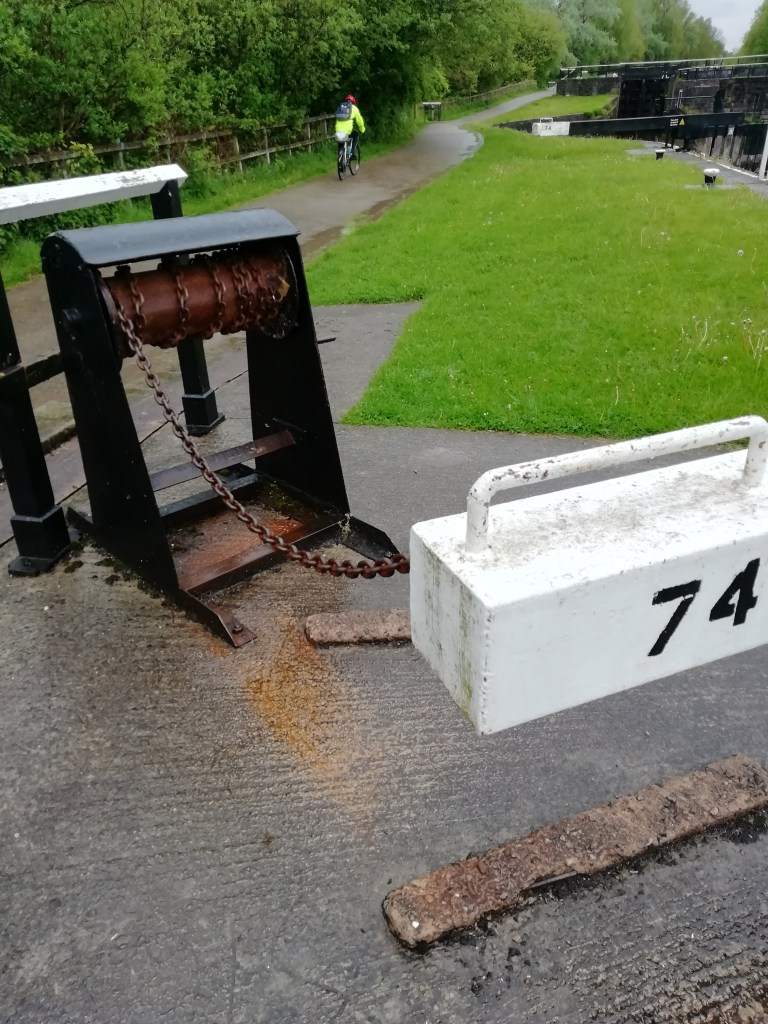
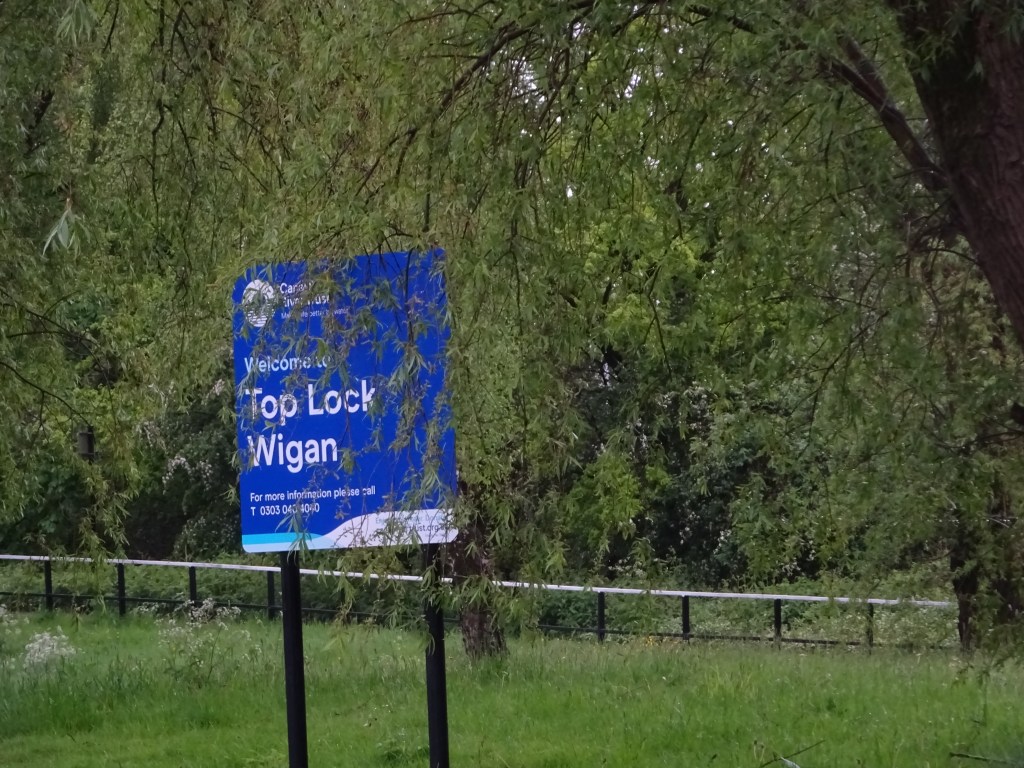
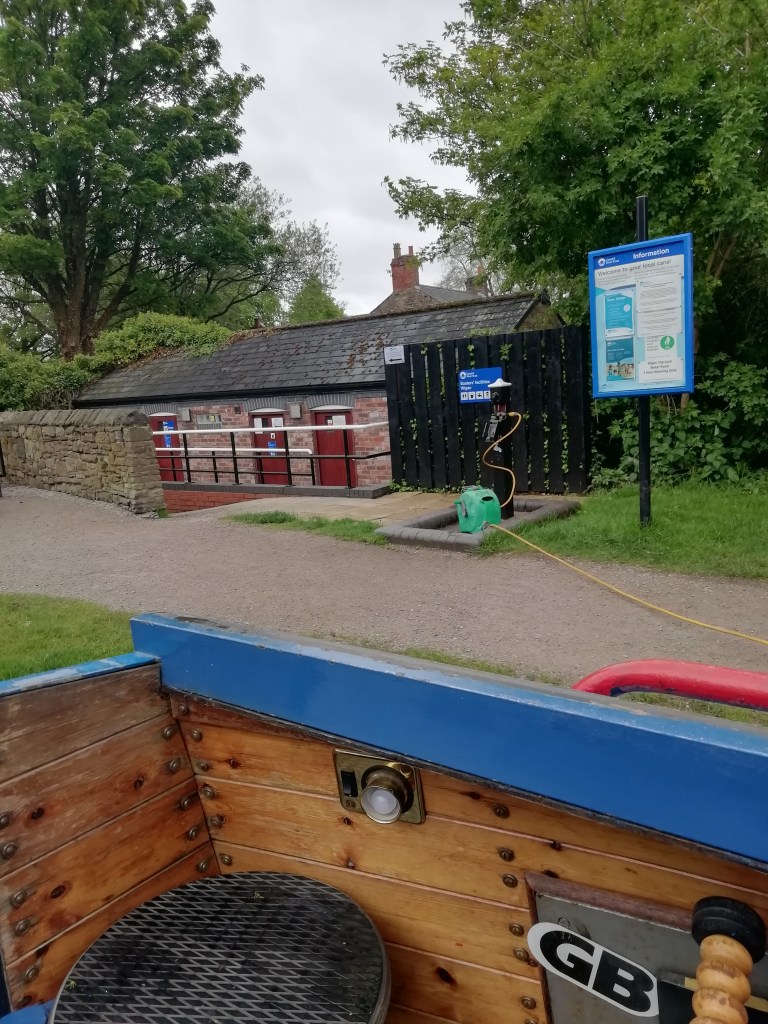
Phew; what an exhausting read Deena. You really do deserve a medal (or at least a certificate) for your sterling work🤩🤩
LikeLiked by 1 person
A hot shower and a g&t seemed a just reward for the effort involved! Good to have achieved the flight.
LikeLike